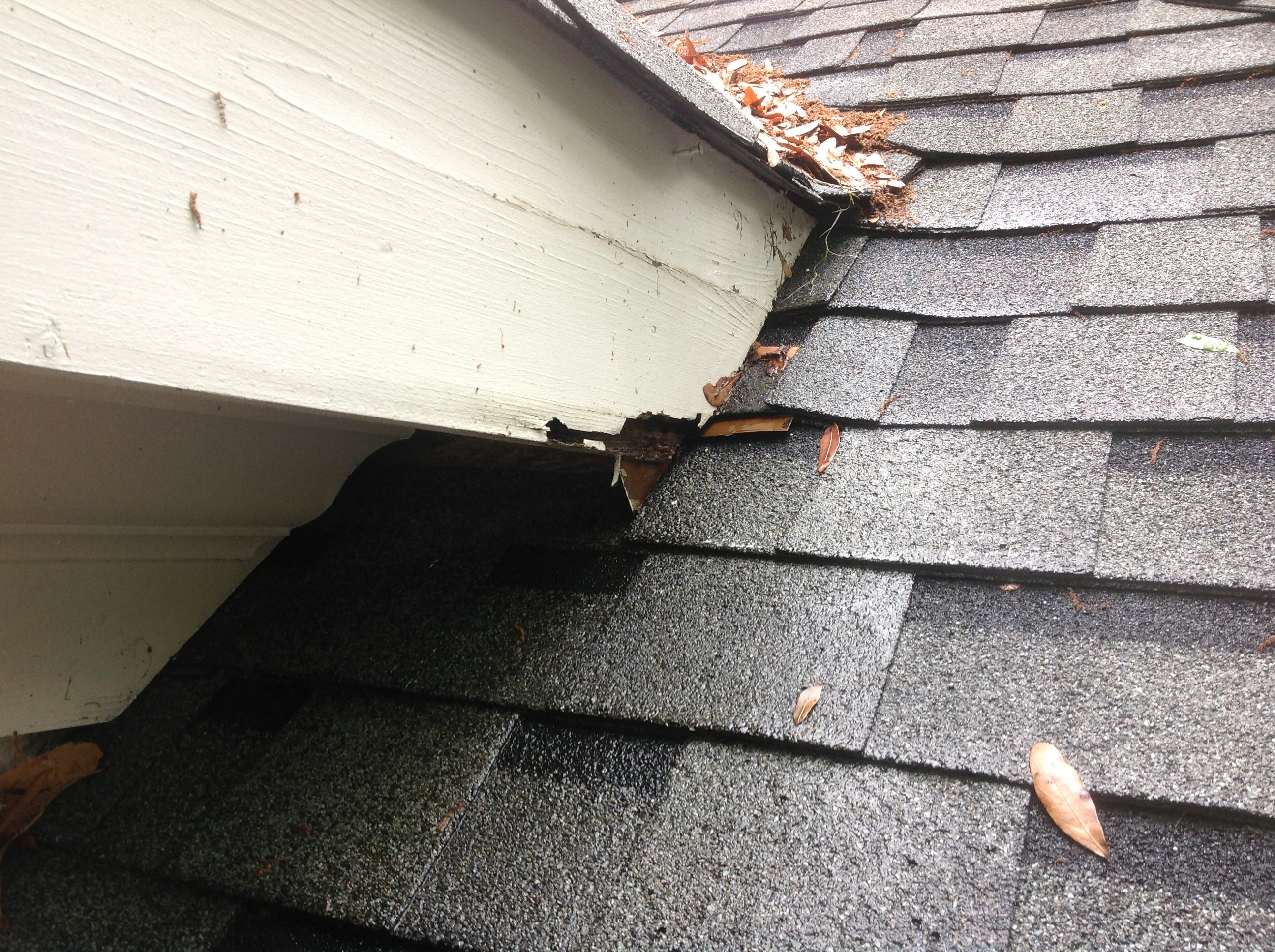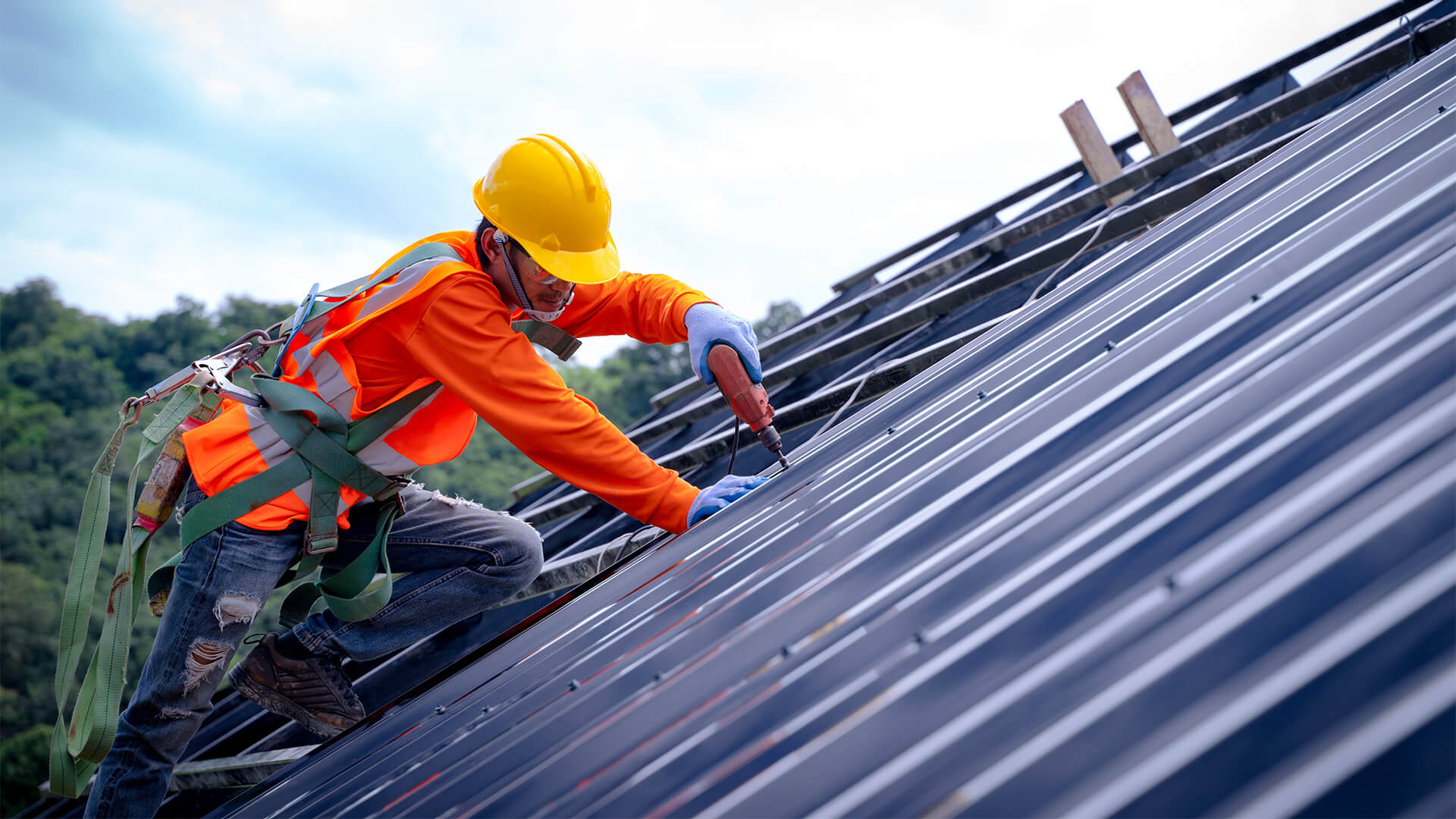Roof Repair Oahu: Quick and Affordable Roof Repairs Near You
A Homeowner's Overview to Kind of Roofs: Picking the Right Design for Your Needs

Popular Roofing Styles
When it comes to choosing a roof style, house owners frequently evaluate their choices meticulously to guarantee both aesthetic appeal and capability. Amongst the most popular designs are the gable, hip, and level roofing systems, each offering aesthetic qualities and distinctive benefits.
Gable roofing systems, defined by their triangular form, are preferred for their basic design and efficient water drain. This design is specifically fit for areas with hefty rainfall or snow, as it minimizes the threat of water pooling.
Hip roofing systems, which slope on all 4 sides, give extra stability and toughness, making them an exceptional choice for locations vulnerable to high winds. Their building complexity permits better layout convenience and can improve the general visual charm of a home.
Flat roof coverings use a modern aesthetic and maximize useful outside room, making them popular for city settings. While they call for more maintenance to avoid water accumulation, their smooth appearance can complement modern design.
Inevitably, the option of roof design need to mirror the home owner's individual preference while taking into consideration factors such as regional environment, building style, and possible resale worth. Each style adds uniquely to a home's general character and efficiency.

Product Options
Choosing the appropriate roof product is equally as essential as picking the best style, as it significantly impacts the roofing system's sturdiness, maintenance demands, and overall visual. roofers oahu. Homeowners have a variety of options to think about, each with unique benefits and downsides


Steel roof gives exceptional durability and long life, frequently exceeding 50 years, while likewise being light-weight and resistant to fire and rot. Steel roofings can be much more costly upfront.
Clay and concrete tiles use a timeless look and impressive lifespan but need a strong framework because of their weight. These products are highly sturdy and resistant to severe climate condition. Timber shakes provide a rustic aesthetic yet require normal upkeep to stop rot and pest damages.
Lastly, artificial roof materials, such as rubber or plastic composites, mimic the appearance of typical products while being low-maintenance and lightweight. Eventually, the choice of roof material must line up with the homeowner's budget, wanted life expectancy, and upkeep choices, ensuring an ideal match for their specific needs.
Energy Efficiency Factors To Consider
Energy efficiency plays a critical function in the overall performance of a roofing system, impacting both environmental sustainability and home owner utility costs. When selecting a roof covering, it is vital to consider materials and designs that improve energy efficiency. For example, reflective roofing materials, frequently described as "awesome roofing systems," can substantially minimize warm absorption, reducing interior temperature levels and decreasing the need for you could look here a/c.
Furthermore, the roof's shade and slope can affect its energy efficiency. Lighter shades normally mirror more sunlight, while considerably pitched roofing systems help with far better air movement, reducing warm buildup - roofers oahu. Insulation likewise plays a vital duty; a well-insulated roofing system can protect against warm loss in winter and keep interiors cooler in summer season, hence boosting energy financial savings
Furthermore, integrating energy-efficient roof covering Read More Here choices with photovoltaic panels can better reduce energy prices and dependence on nonrenewable resources. Home owners ought to also consider neighborhood environment problems when selecting roof covering products and styles, as these variables directly influence power usage.
Maintenance Needs
The longevity and performance of a roof are substantially affected by the maintenance demands linked with its style and materials. Various roofing kinds require differing degrees of maintenance, which can influence both the house owner's time and budget.
Asphalt tiles, for example, normally need annual evaluations to check for deterioration, including cracked or missing shingles. Normal cleaning of gutters is important to protect against water damage and extend the roofing system's lifespan. Steel roof coverings, while long lasting, still require regular checks for rust and sealant honesty. These roofing systems likewise gain from cleaning up to maintain aesthetic charm and capability.
Floor tile roofing systems, recognized for their long life, demand less frequent maintenance yet require see this mindful evaluation and substitute of damaged ceramic tiles. Flat roof coverings, although providing modern-day visual appeals, typically need even more focus; they need routine assessment for pooling water and debris elimination to avoid leakages.
Inevitably, understanding the upkeep needs related to various roofing designs makes it possible for house owners to make informed choices, making certain the picked roof lines up with their way of living and dedication to upkeep. Focusing on upkeep will certainly improve the roofing's performance and prolong its life span, offering satisfaction for years to come.
Influence On Resale Worth
When taking into consideration a brand-new roofing system style, house owners need to recognize that the choice can substantially influence the building's resale value. A well-chosen roof not just enhances visual appeal but additionally indicates to potential purchasers that the home is properly maintained and structurally noise. Various roof products and styles bring differing levels of value in the property market.
As an example, asphalt tiles are popular because of their price and variety of colors, commonly interesting budget-conscious buyers. Conversely, a steel roof covering, while more costly in advance, provides long life and energy efficiency, which can draw in buyers looking for low maintenance and sustainability. In addition, one-of-a-kind designs such as slate or tile can add a touch of high-end, possibly boosting the residential or commercial property's value in upscale markets.
Regional preferences additionally play an essential duty; homes in locations with hefty snowfall might gain from outstanding pitched roofing systems, while coastal regions might prefer durable products immune to deep sea deterioration (roofers oahu). Inevitably, home owners must consider both visual allure and sensible advantages when picking a roof covering. A thoughtful selection makes certain that the financial investment not just fulfills individual requirements but also enhances the building's bankability and resale capacity
Conclusion
Finally, selecting the suitable roofing system style demands a cautious assessment of different elements, including neighborhood climate, building design, and maintenance needs. Each roof option, whether it be gable, hip, or level, has distinctive advantages and disadvantages that influence energy efficiency and possible resale value. Ultimately, a knowledgeable decision concerning roof choice can improve the aesthetic allure, capability, and long life of a home, ensuring it stays a valuable property for many years to find.
Picking the suitable roof covering style for your home is an essential decision that can dramatically influence both appearances and capability. While gable roof coverings stand out in water drain, hip roofs might offer higher strength against wind.When taking into consideration a new roof covering style, house owners need to acknowledge that the choice can substantially affect the residential property's resale worth. Eventually, homeowners must think about both visual charm and practical advantages when selecting a roof covering.In verdict, picking the suitable roofing system design requires a careful examination of numerous variables, including regional environment, building layout, and upkeep demands.